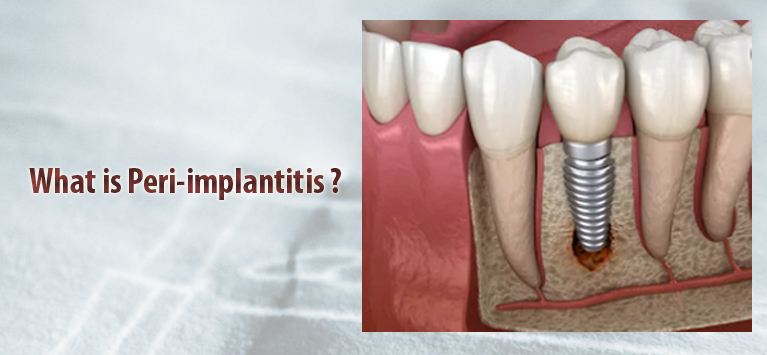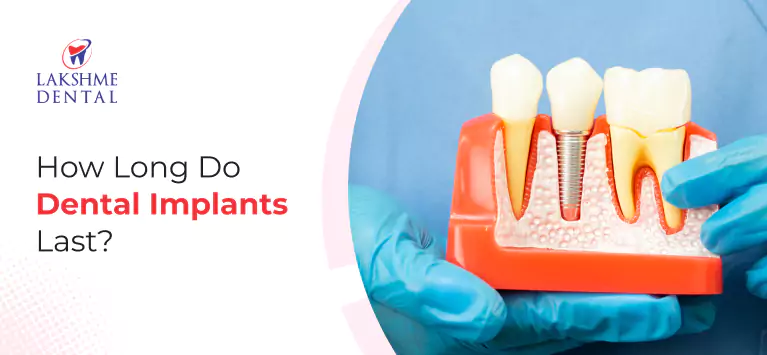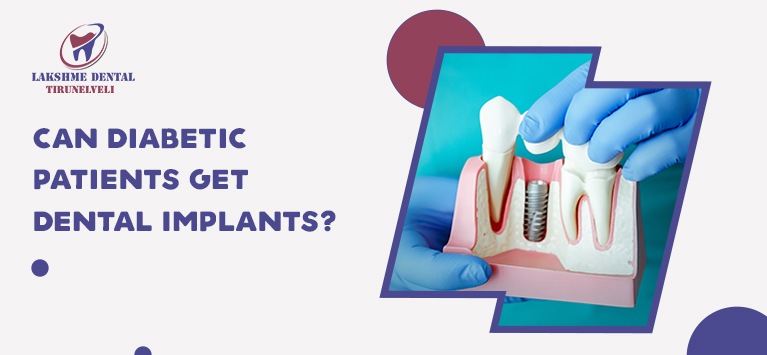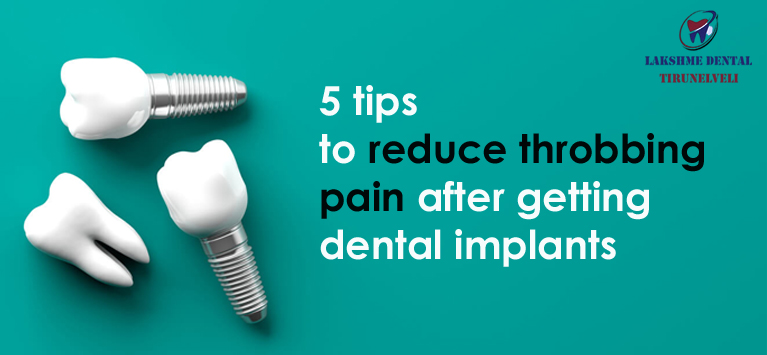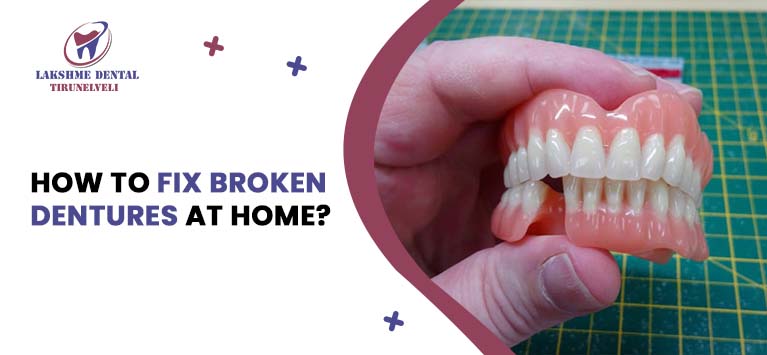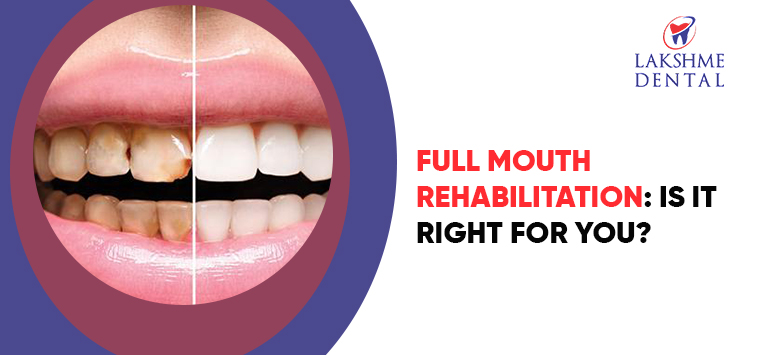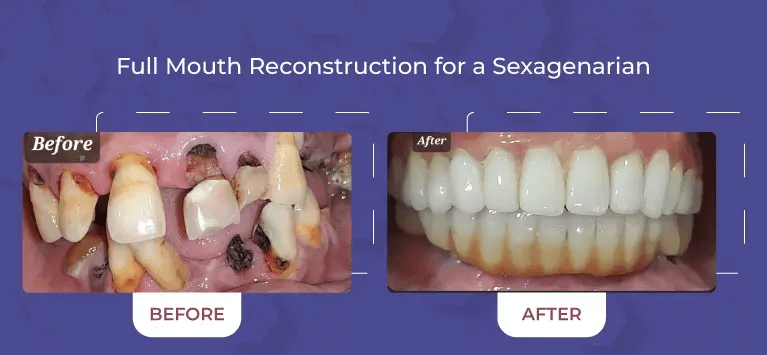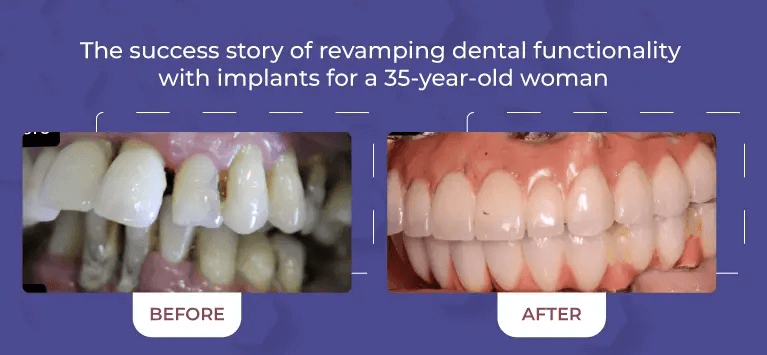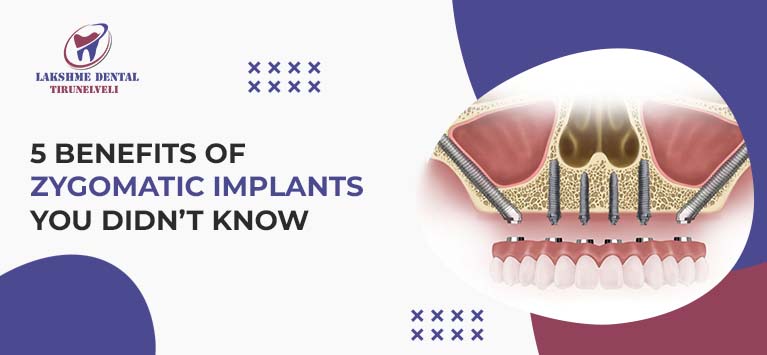
5 Benefits of Zygomatic Implants You Didn’t Know
Often, patients with pronounced bone atrophy in the upper jaw are denied dental implantation and are content with wearing removable dentures. But there is a better solution – these are zygomatic implants. They have been known in dentistry for more than 25 years and have already earned positive reviews from dentists.
What are Zygomatic Implants?
Zygomatic dental implants are elongated models up to 60 mm long, designed for installation not only in the jaw bone but also in the zygomatic bone. This bone is considered the densest in the skull, and in Latin, it is called “os zygomaticum.” These implants are more difficult to develop and install than implants of the classic length of 8-12 mm.
Benefits of Zygoma Implantation
The Zygoma implantation system is in demand by patients all over the world, which is no coincidence since it allows, without loss of quality, to carry out full prosthetics on implants in the shortest possible time. Next, let’s take a closer look at the main advantages of Zygoma; these include:
No bone growth
Installation of Zygoma implants is possible with moderate or severe atrophy of the bone crest. Bone tissue augmentation is not required since the densest bone that is not subject to change is used. This reduces the installation time of the temporary prosthesis by 3-6 months.
If you have chronic gum disease
The spongy layer of bone tissue consists of 80% microcapillaries, which are susceptible to inflammation, external influences, and age-related changes. The zygomatic bone retains its density even if the patient has chronic gum disease. However, it is important to maintain good hygiene and regularly visit a specialist so as not to provoke an exacerbation of diseases.
High quality and reliability
These implants have high strength without additional impurities that provoke an allergic reaction. The manufacturer provides a lifetime warranty on their products.
International product quality standards
Manufacturing standards comply with international safety protocols in the field of medical devices. Quality control is carried out regularly.
Long term result
Thanks to high-quality standards, the service life of Zygoma implants is more than 50 years, which is confirmed by clinical studies.
Indications for the use of Zygoma implants
- Complete edentia (absence of all teeth) of the upper jaw,
- Partial edentia of the upper jaw – the absence of a segment of chewing teeth,
- Pronounced atrophy of bone tissue,
- Close location of the maxillary sinuses,
- The need for rapid dental restoration,
- Refusal to wear removable dentures,
- The patient’s inability/reluctance to perform a sinus lift,
- Damage and trauma to the jaw, for example, if after an accident or as a result of cancer, the patient has lost part of the jaw bone.
Features of Zygoma systems
- Long length: Nobel company – 52 mm, others – up to 60 mm,
- Fixation only on the upper jaw and, in addition to the jawbone, also in the zygomatic bone,
- Special coating and carving,
- Only complex restoration of a large number or even all teeth – implants are not suitable for replacing one or a pair of teeth,
- Installation at an angle: after all, the line of force of the cheekbones – os zygomaticum – is also located at an angle to the line of closure of the jaws, so placing the implant simply vertically will not work because you need to bypass the maxillary sinus – literally go along it,
- Immediate prosthetics.
Stages of zygomatic dental implantation
Dental implantation is a complex dental procedure. A doctor is required to have skills, experience, and knowledge. From the patient – compliance with all requirements and recommendations. The standard protocol for installing Zygoma implants includes the following:
Preparation:
Consultation with an implantologist, examinations, and sanitation of the oral cavity. During the consultation, the implant dentist conducts a visual examination and draws up a primary treatment plan.
Diagnostic examination:
To model the final result and calculate the implantation points, the implant dentist requires accurate information. The patient is sent for X-rays, CT, and OPTG. Also, to exclude contraindications and check blood clotting, the patient undergoes laboratory tests.
3D modeling treatment:
The part of the implantologist’s work that is invisible to the patient is related to calculations. High-precision computer programs create a 3D model of the patient’s jaw and determine the optimal entry points for implants.
Surgical stage:
The patient’s mouth is numbed with strong anesthetics. The doctor removes the remaining teeth and places implants. With all-on-4, the implantologist places 2 zygomatic implants and 2 implants in the frontal area. With all-on-6 – 2 zygomatic implants and two more pairs in positions 4-2|2-4. It is not recommended to install four and six zygomatic implants during one implantation due to the traumatic nature of such an operation and the increased risk of complications.
Fixation of temporary prosthesis:
The protocol requires immediate loading of the implants to accelerate osseointegration – stimulate metabolic processes, and improve blood circulation. Prosthetics are performed 2-3 days after surgery. Temporary dentures are fully functional and aesthetic.
Replacing a temporary prosthesis with a permanent one:
The procedure is carried out after 3-6 months. The patient is given an orthopedic device for constant wear.
What prostheses are placed on zygomatic implants?
For the manufacture of artificial jaw prostheses in dentistry, metal-ceramics, zirconium dioxide, and ceramic composite are used. Let’s look at them all.
Metal ceramics is an aesthetic, inexpensive material most often chosen by patients for the manufacture of crowns and dentures. The main feature of metal-ceramic products is the layer-by-layer formation of the structure. Inside, there is a metal base. On the outside, there is a ceramic lining to imitate tooth enamel. The service life of metal ceramics is approximately 10 years.
Ceramic-composite is a modern material with high natural transparency. It has a wide palette of shades to match the color of the enamel, which allows you to create artificial teeth that are indistinguishable from real ones. Advantages: strength, durability.
Zirconium dioxide is the best dental material for prosthetics. It features excellent aesthetic and performance characteristics. Biocompatible, non-allergenic, strong and durable.
Takeaway
In conclusion, Zygomatic implants offer a revolutionary solution for patients with severe upper jaw bone atrophy, enabling efficient dental restoration with numerous benefits such as immediate loading, high quality, and long-term reliability. These implants have transformed the field of dentistry, providing a viable option for those who were previously limited by bone loss, ultimately enhancing their quality of life.

